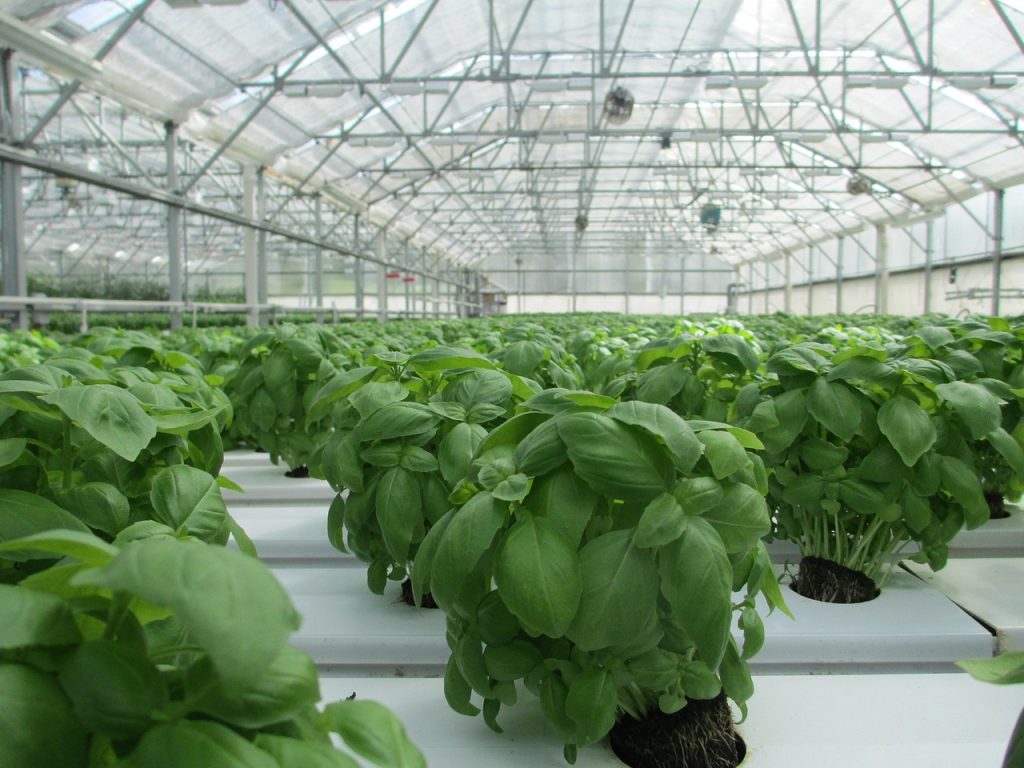Indoor herb gardening offers a delightful way to enhance your culinary creations while bringing a touch of nature into your home. Whether you’re a seasoned cook or a gardening novice, growing herbs indoors is a rewarding experience that can transform your living space and your meals. This guide will walk you through everything you need to know to start your indoor herb garden, from selecting the right herbs to providing optimal care.

Why Choose Indoor Herb Gardening?
Indoor herb gardening is not only convenient but also offers numerous benefits that make it an appealing choice for both city dwellers and those with limited outdoor space. Here are some reasons why you might want to consider starting your own indoor herb garden:
- Freshness at Your Fingertips: Having fresh herbs within arm’s reach means you can elevate your dishes instantly without a trip to the store.
- Cost-Effective: Growing herbs at home is more economical than buying them regularly from the grocery store.
- Year-Round Harvest: Indoor gardening allows you to enjoy fresh herbs regardless of the season.
- Space-Saving: Even the smallest apartments can accommodate a few pots of herbs on a windowsill or countertop.
- Improves Air Quality: Like many plants, herbs can improve indoor air quality, making your home healthier.
Selecting the Right Herbs for Indoor Growth
Choosing the right herbs is crucial for a successful indoor garden. Some herbs thrive better indoors than others due to their light and space requirements. Here are some herbs that are well-suited for indoor cultivation:
Basil
Basil is a popular choice for indoor herb gardens due to its versatile culinary uses and relatively easy care. It requires plenty of sunlight, so place it in a south-facing window for best results.
Mint
Mint grows well indoors and can quickly fill your home with its refreshing scent. It prefers indirect sunlight and should be watered regularly but not excessively.
Chives
Chives are perfect for windowsills and add a mild onion flavor to dishes. They thrive in bright light and require regular watering to keep the soil moist.
Parsley
Parsley can thrive indoors if given adequate light. It’s a versatile herb that can be used as a garnish or a key ingredient in various recipes.
Thyme
Thyme is a hardy herb that doesn’t require much maintenance. It prefers a sunny spot and should be allowed to dry out between waterings.
Setting Up Your Indoor Herb Garden
Once you’ve selected your herbs, it’s time to create an environment where they can thrive. Follow these steps to set up your indoor herb garden:
Choose the Right Containers
Select pots with good drainage to prevent waterlogging. Containers should be at least 6 inches deep to allow for root growth. Consider using recycled materials like tin cans or mason jars for a sustainable approach.
Prepare the Soil
Use a high-quality potting mix with good drainage properties. Avoid garden soil as it can compact easily and hinder root growth.
Ensure Adequate Light
Most herbs require about 6-8 hours of light per day. Position your plants near a south-facing window, or use fluorescent grow lights if natural light is insufficient.
Maintain Proper Humidity
Indoor environments can be dry, especially in winter. Increase humidity by misting the plants or placing a tray of water nearby.

Caring for Your Indoor Herb Garden
Consistent care is key to a thriving indoor herb garden. Here are some tips to help you maintain your herbs:
Watering
Herbs generally prefer to dry out slightly between waterings. Test the soil by inserting a finger; if it’s dry an inch below the surface, it’s time to water.
Pruning
Regularly pruning your herbs encourages bushier growth. Pinch off the tips of branches to prevent flowering, which can cause herbs to become bitter.
Pest Control
Monitor your plants for signs of pests like aphids or spider mites. Use natural remedies, such as neem oil or insecticidal soap, to keep pests at bay.
Harvesting Your Herbs
Harvesting is one of the most rewarding aspects of indoor herb gardening. Follow these guidelines to ensure you get the most out of your plants:
When to Harvest
Harvest herbs in the morning after the dew has dried but before the sun gets too hot. This is when their essential oils are most concentrated.
How to Harvest
Use sharp scissors or pruning shears to cut herbs. Avoid taking more than one-third of the plant at a time to ensure continuous growth.
Common Challenges and Troubleshooting
Even the most experienced gardeners face challenges. Here are some common issues and how to address them:
Yellowing Leaves
This may indicate overwatering or nutrient deficiencies. Ensure proper drainage and consider using a balanced, water-soluble fertilizer.
Leggy Growth
If your herbs are growing tall and spindly, they may not be receiving enough light. Move them to a brighter spot or supplement with grow lights.
Pests
Keep an eye out for tiny insects on leaves. Introduce beneficial insects like ladybugs or use organic pest control methods.
Conclusion: Enjoying the Fruits of Your Labor
With patience and care, your indoor herb garden will flourish, providing you with fresh herbs and a sense of satisfaction. Remember, gardening is as much about the journey as it is about the destination. Enjoy experimenting with different herbs and discovering the flavors they bring to your kitchen. Happy gardening!
Frequently Asked Questions
Can I grow herbs in low-light conditions?
While most herbs prefer bright light, some herbs like mint and parsley can tolerate lower light levels. Consider using grow lights to supplement natural light if needed.
How do I prevent my herbs from becoming woody?
Regular pruning helps prevent herbs from becoming woody. Harvest frequently and pinch off flowers to encourage new growth.
What herbs are best for beginners?
Basil, chives, and mint are excellent choices for beginners due to their fast growth and forgiving nature.